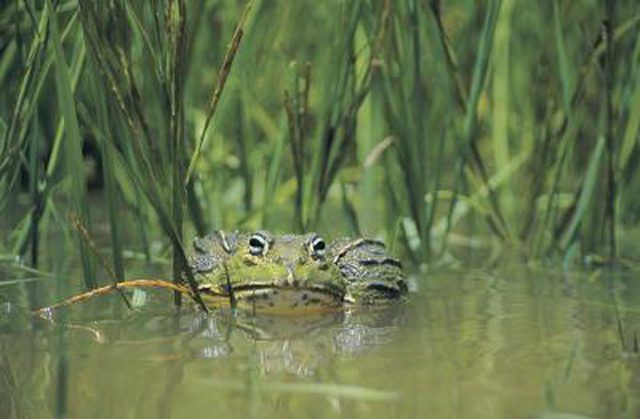Bulbs
Flower Basics
Flower Beds & Specialty Gardens
Flower Garden
Garden Furniture
Garden Gnomes
Garden Seeds
Garden Sheds
Garden Statues
Garden Tools & Supplies
Gardening Basics
Green & Organic
Groundcovers & Vines
Growing Annuals
Growing Basil
Growing Beans
Growing Berries
Growing Blueberries
Growing Cactus
Growing Corn
Growing Cotton
Growing Edibles
Growing Flowers
Growing Garlic
Growing Grapes
Growing Grass
Growing Herbs
Growing Jasmine
Growing Mint
Growing Mushrooms
Orchids
Growing Peanuts
Growing Perennials
Growing Plants
Growing Rosemary
Growing Roses
Growing Strawberries
Growing Sunflowers
Growing Thyme
Growing Tomatoes
Growing Tulips
Growing Vegetables
Herb Basics
Herb Garden
Indoor Growing
Landscaping Basics
Landscaping Patios
Landscaping Plants
Landscaping Shrubs
Landscaping Trees
Landscaping Walks & Pathways
Lawn Basics
Lawn Maintenance
Lawn Mowers
Lawn Ornaments
Lawn Planting
Lawn Tools
Outdoor Growing
Overall Landscape Planning
Pests, Weeds & Problems
Plant Basics
Rock Garden
Rose Garden
Shrubs
Soil
Specialty Gardens
Trees
Vegetable Garden
Yard Maintenance
How to Get Rid of Bullfrogs
How to Get Rid of Bullfrogs. Bullfrogs are an essential part of our ecosystem, but they can be real pests. Bullfrogs tend to be loud, especially at night. In addition, bullfrogs will eat almost any insect, but they will also feed on fish eggs and small larvae, which can be a problem for the animals and insects trying to live among the bullfrogs....

Bullfrogs are an essential part of our ecosystem, but they can be real pests. Bullfrogs tend to be loud, especially at night. In addition, bullfrogs will eat almost any insect, but they will also feed on fish eggs and small larvae, which can be a problem for the animals and insects trying to live among the bullfrogs. Getting control of these amphibians and removing them is not difficult. Techniques to remove bullfrogs are simple and will not take much of your time.
Things You'll Need
UV resistant three-quarter inch netting
Pesticides
Snake repellent
Put up a net screen to keep the bullfrogs away. The screen will need to be approximately two feet high and buried six inches into the ground. The netting you use should be a UV resistant three-quarter inch netting. You can buy the netting from bird netting suppliers.
Place the netting in areas that will effectively keep bullfrogs away. If you have a pond or live near a small body of water, you can install netting across the top of it or around it. Place the netting along the base of your property fence and up at least 24 inches.
Use a pesticide to reduce the insects that bullfrogs eat. Read the instructions on the label of the pesticide and apply it carefully to any areas likely to attract insects such as lights, gutters and leaf litter. Eliminating insects will force the bullfrogs to leave in search of new sources of food.
Use a snake repellent to get of the bullfrogs. Apply it around your property line and the turf the frogs have to cross to reach water. Most snake repellents contain chemicals such as naphthalene or paradichlorobenzene, which emit a foul-smelling odor. It's the odor that repels the bullfrogs.
Renew the repellent every one to two months to keep the odor fresh and active.
Remove any weeds or foliage that the bullfrogs could be using as nesting places. This will make their habitat unsuitable, and they will look elsewhere to call home.
Tips & Warnings
Keep the snake repellents away from ponds and nearby water. If the chemical in the snake repellent melts and gets into your pond, it will kill the fish living in it.